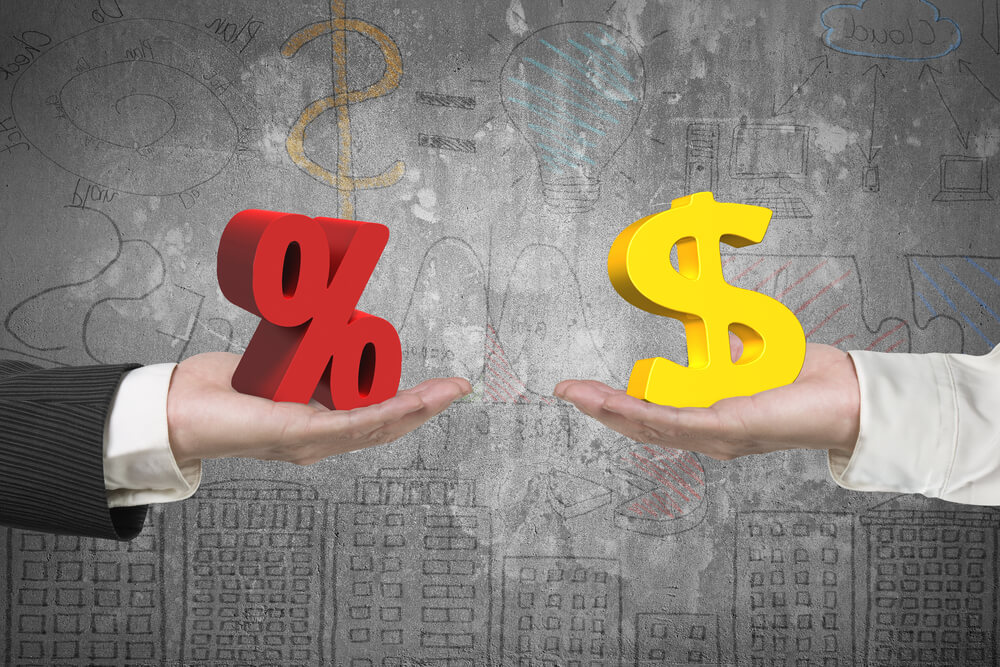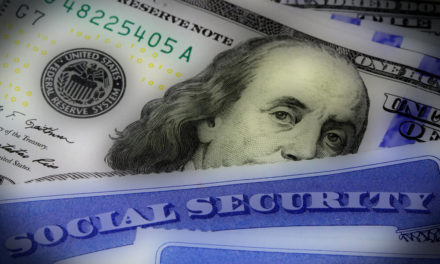Many speculated on what Chairman Jerome Powell and the rest of the Federal Reserve would do with interest rates. Now that we now know rates will not change up or down, what does that mean for your own finances?
The Fed has increased interest rates nine times over the last three years, but there hasn’t been any sort of change since the most recent hike in December of last year as financial markets plummeted and anxiety over an ongoing trade fight between the U.S. and China grew.
The overnight lending rate now sits at a range between 2.25% and 2.5%, and there’s no telling when that will change again. As a consumer, steady rates means a break from rising borrowing costs, which impact many different personal loans from car payments to mortgages. Savings accounts are also shelling out better returns.
Here’s a further breakdown from CNBC of what a steady interest rate means for your finances:
Savings
As a result of the increase in interest rates, savings rates — the annual percentage yield banks pay consumers on their money — are now as high as 2.5%, up from 0.1%, on average, before the Federal Reserve started increasing its benchmark rate in 2015.
“Savers are in a position now where they can earn more on their savings than the rate of inflation,” said Greg McBride, chief financial analyst at Bankrate.com.
With an end to interest rate hikes for now, savers won’t continue to see the same upward momentum, but they can still reap the benefits of those significantly higher savings rates by switching to an online bank. (Online banks are able to offer higher-yielding accounts because they come with fewer overhead expenses than traditional bank accounts.)
With an annual percentage yield of 2.5%, a $10,000 deposit earns $250 after one year. At 0.1%, it earns just $10.
Credit cards
Most credit cards have a variable rate, which means there’s also a direct connection to the Fed’s benchmark rate.
On the heels of the previous rate hikes, credit card rates now stand at a record high of 17.85%, on average, according to Bankrate.
If the Fed moves to cut short-term rates down the road, the prime rate lowers too, and credit card rates will follow suit. For cardholders, that means they could see that reduction in their APR within a billing cycle or two.
However, “that’s of little benefit when we are talking about record highs,” McBride said. “If you are paying 18% now, and then 17%, that’s still an extremely high cost of borrowing.” (At any time, cardholders to can also reach out to their issuer directly to request a break on interest rates.)
Mortgages
The economy, the Fed and inflation all have some influence over long-term fixed mortgage rates, which generally are pegged to yields on U.S. Treasury notes.
As a result, mortgage rates are already substantially lower since the end of last year.
The average 30-year fixed rate is now about 4.04%, the lowest since November 2017, according to Bankrate. “If the economy weakens, they will go lower but if not, this sharp decline may prove short lived,” McBride said.
That means that if you bought a house last year, you may want to considering refinancing at a lower rate, he said, which could “create some breathing room in your monthly budget.”The Fed’s decision to leave rates unchanged means many homeowners with adjustable-rate mortgages or home equity lines of credit, which are pegged to the prime rate, will see their interest rate and monthly payments remain the same for the time being.
However, when the federal funds rate lowers, consumers with HELOCs will also benefit from smaller monthly payments within a billing cycle or two, according to Holden Lewis, NerdWallet’s home expert.
While some ARMs reset annually, a HELOC could adjust within 60 days.
Auto loans
For those planning on purchasing a new car, any Fed decision likely will not have any big material effect on what you pay. For example, a quarter-point difference on a $25,000 loan is $3 a month, according to Bankrate.
“That’s not going to translate into any notable difference for would-be car buyers,” McBride said.
In addition, auto-loan rates are still relatively low, even after years of rate hikes. Currently, the average five-year new car loan rate is 4.77%, up from 4.34% when the Fed started boosting rates, while the average four-year used car loan rate is 5.44%, up from 5.26% over the same time period, according to Bankrate.
But car prices are trending higher and so is the amount people are borrowing, McBride noted. “Those are the real budget squeezers and an interest-rate cut is not going to cure that problem.”
Student loans
While most student borrowers rely on federal student loans, which are fixed, more than 1.4 million students a year use private student loans to bridge the gap between the cost of college and their financial aid and savings.
Private loans may be fixed or may have a variable rate tied to the Libor, prime or T-bill rates, which means that if the Fed cuts rates, borrowers will likely pay less in interest, although how much more will vary by the benchmark.
(A college education is now the second-largest expense an individual is likely to incur in a lifetime — right after purchasing a home. The average graduate leaves school $30,000 in the red, up from $10,000 in the early 1990s.)




